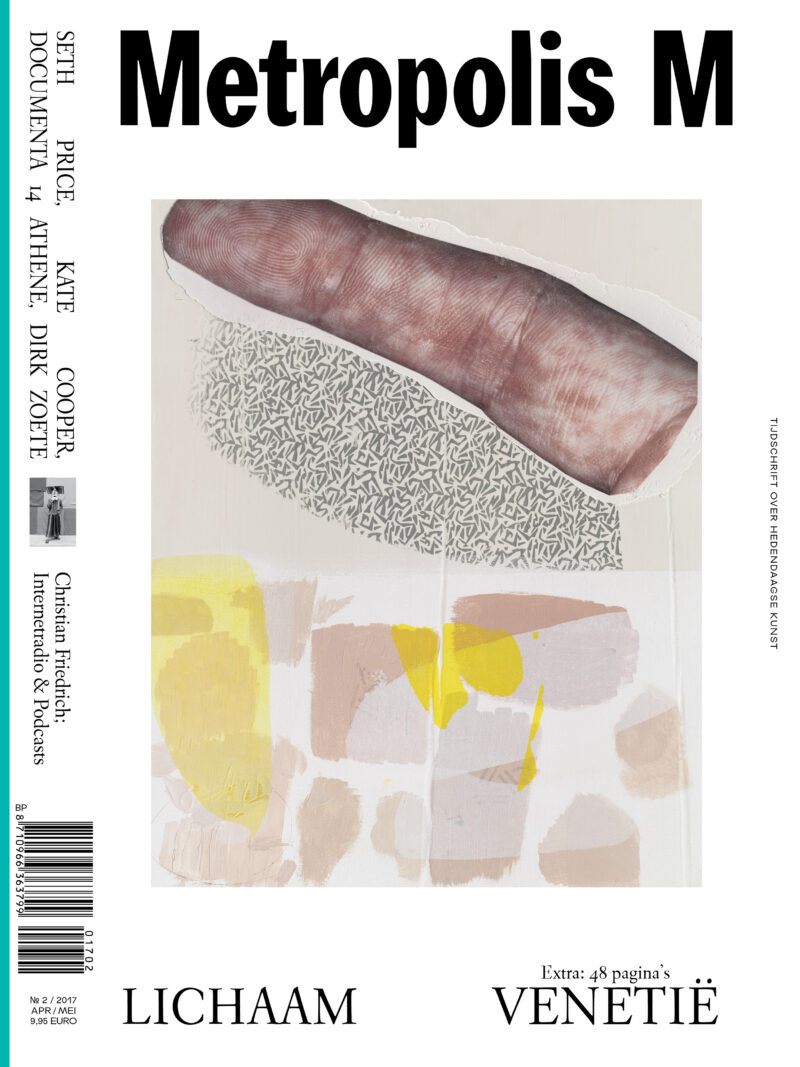Out of this art world (Part one)
The art world is worth discussing, although possibly not for the reasons you might think. The phenomena we would like the term to denote are not primarily of interest. Instead it is the term itself – the idea and perception of the art world – that we should meditate for the way it is used to imagine and represent contemporary art. Maybe the timing for bringing up this discussion seems off, because it concerns terminology. Surely there are more tangible worries at this historical juncture. Art and culture are politicised and put on a historical defensive. Postmodern anti-globalism has been on the rise for decades, so has commercialism. Neither side of the story is new, but they are back with a vengeance.
But back to the art world. A bit of background and conceptual history: in Arthur Danto’s famous 1964 essay ‘The Artworld’ the latter is defined as ‘an atmosphere of artistic theory, a knowledge of the history of art’. This ‘atmosphere’, as per Danto, is the last instance to issue aesthetic guarantees. As he later elaborated, ‘art has come to mean anything, and is thus void of historical significance outside of the art world’. To Danto the art world is a pivotal term in an operational theory of how art can be distinguished from non-art. When a work of art can be anything, the ‘art world’ has the purpose to legitimise and judge art.
Of course Danto is right that it matters whether we call something art or not. However, today the meaningful reply to the cancellation of aesthetic autonomy is to view the art concept in a wider network of practices and discourses, struggles, and institutional and commercial economies. We no longer worry about ontological guarantees to the art concept, but instead look to how it acts in culture. Another banal problem is how Danto makes it sound like institutional power in the cosmos of art turns around a single axis. He probably had New York City in mind for the art world’s actual geographical location; an Occident-centric fantasy that is impossible to uphold, and probably already was in the sixties. If we lend a descriptive value to the term, there must be at least multiple, parallel art worlds in the world.
But again, what constitutes an art world? When does an art scene acquire the sufficient depth? How does it make the cut? What is this ‘atmosphere’; a social ambience that Danto makes out to sound like a gas from the periodic table? His whole argument suggests a fall and an end of art – a voiding of ‘art’s historical significance’. Accordingly he employs his theory to compensate for the collapse of aesthetic autonomy and tradition with a measure of social autonomy. So, only the bubble of the art world can keep art together. It is no longer about the work and the historical materiality in which it is embedded, but about the sociality around it.
We know how easily this claim slides into cynicism. Because ‘art world’ denotes an interior, it begs the question of how you make your way into it. And if there is interiority, there must be an outside too, based on exclusion and ostracising orchestrated by middlemen who guard the borders. This is the perennial suspicion to the ‘art world’ as a cabal that doles out symbolic credit. Like a royal court, full of intrigues and power moves, it takes subtle and well-informed readings – gossip – to decode, in order to find out who moves closer to a perceived centre where the heads of corruption reign.
This is where paranoia enters the fray. To call it paranoid is not to say that the art’s professional sphere is not opaque (it is), or to acquit its agents of vanity or codified behaviour (we are, and we do act like that). Nor is it to suggest that conspiracies against the public interest do not take place here (just think of the art market’s relation to finance capital). The rhetorical question is: if late capitalism itself is a shadow realm that eats away at all institutions dedicated to the common good, how could art be exempt from this?
First and last, it is very unclear what we talk about when we talk about the art world. Paradoxically, it is often a term that people who work with art invoke. In other words, it is a predicate that people who find themselves on the inside of art apply to other people here – and, by doing so, rhetorically position themselves on the outside. This raises the psychological question of why you would worry or fantasize about some notional deeper layer of the power game to which you are not privy.
When a profession is a ’world’ it exceeds a merely professional condition and becomes auratic. Associated with hidden depths of power or glamour, art, banking, and fashion are ’worlds’. This is how charmed we can be by ourselves in the art world. We do not get equally carried away about plumbing or day care. In this way the disproportionate professionalism indicated by suffix ‘world’ says something about our ideas of what it means to work with art. Thus to ask what the art world is, is to inquire into the perceptual and ethical stakes of constructing ‘worlds’ for art-related activities, and what other imaginaries we can propose as reality principles for such activities.
Lars Bang Larsen


















